Information/Write-up
Hockey players crossing over into the world of music was nothing new by the time Guy Lafleur released his 1979 disco album, Lafleur!. Throughout the 1970s, NHL stars were experiencing a vinyl renaissance, with several players stepping into the recording studio. Phil Esposito had three records to his name—one with his brother Tony, a solo project titled Power Hockey, and a 45 rpm single with the Ranger Rockers. Jim Schoenfeld and Dave Schultz also took a turn at the microphone. The 1960s had its share of hockey recordings as well, featuring legends like Bernie Geoffrion, Jean Béliveau, and Johnny Bower. Frank Mahovlich’s All My Hockey Secrets, released in 1964, was an early example of the trend that would fully blossom in the next decade.
Yet, Lafleur! was different. It wasn’t a novelty song, a locker-room anthem, or an awkward spoken-word project. Instead, it was a fully produced, professionally arranged disco album that fused hockey instruction with pulsing dance beats—a concept so bizarre that it has since become a cult classic - and a highly sought-after collectible.
By 1979, Lafleur was at the peak of his career. He had won four consecutive Stanley Cups with the Montreal Canadiens, was a multiple-time Hart Trophy winner, and was the NHL’s most electrifying star. With his golden hair flowing as he skated, his blazing speed, and his deadly slapshot, he was the face of the NHL’s most dominant franchise.
With hockey and disco both at their commercial peak, it only made sense to combine them—at least in the minds of the marketing executives behind Lafleur!. Unlike many of his contemporaries who attempted musical careers, Lafleur did not sing. Instead, the album featured him narrating hockey drills over a funky, disco-infused soundtrack, encouraging young players to improve their skating, passing, and scoring while grooving to a beat.
The result? A truly one-of-a-kind release, available in both English and French, and backed by some of Canada’s most accomplished musicians.
Despite its unusual concept, Lafleur! was treated as a serious studio project. Producers Peter Alves and Jack Lenz assembled an impressive lineup of Canadian session musicians, including Howard Forman on guitar, Moe Koffman on flute, and Guido Basso on horns. Leading the vocal section, Ranée Lee, Gina Watson, Heather Gauthier, and Laurie Niedzielski deliver dynamic performances, adding a vibrant and soulful touch to the album’s disco-infused energy.
Recorded at Studio Six and Unison Studios in Montreal, the album reportedly took over 75 hours of recording sessions just for Lafleur’s narration. His coaching-style delivery was layered over upbeat, meticulously arranged disco tracks, making it both a training tool and an unlikely dance-floor contender.
Although Lafleur! was intended as a novelty release, it ended up selling a significant number of copies, with strong demand in Canada and Europe. To this day, Alves still receives royalties, proving that the album has outlasted its initial promotional intent.
Packaged as a deluxe gatefold release, the album included a full-color poster of Lafleur, a photo booklet featuring training visuals, and a coupon to join the Lafleur fan club.
By the time Lafleur! hit the shelves, disco’s golden era was coming to an end. Just weeks before the album’s release, "Disco Demolition Night" in Chicago symbolized the backlash against the genre. While Lafleur remained a dominant player into the early ‘80s, both his career and the disco movement soon began to decline.
Still, Lafleur! has aged better than expected. In a sea of hockey-themed records, it remains one of the best-produced and most ambitious. It represents a moment when Guy Lafleur was more than just a hockey player—he was a cultural icon, a marketing juggernaut, and a man who made anything seem possible.
Looking back, Lafleur! is a fascinating artifact from an era when NHL stars were genuine pop culture figures. While his musical venture was short-lived, the album remains a cherished piece of hockey history, reflecting a time when hockey, music, and celebrity collided in the most unexpected way.
Few hockey players have ever commanded the same level of attention as Guy Lafleur. Whether lighting up the ice or lending his voice to a disco record, he was always a larger-than-life figure, forever embedded in both sports and music history.
-Robert Williston
Guy Lafleur: talking
Gina Watson: vocals
Heather Gauthier: vocals
Laurie Niedzielski: vocals
Ranée Lee: vocals
Brian Smith: bass (tracks A1 to A4, B5)
Jean-Guy Chapados: bass (tracks A5 to B4)
Alfred Beasley: drums
Howard Forman: electric guitar
Jack Lenz: keyboards, organ (tracks A1 to A4, B1, B5)
Peter Alves: keyboards, organ (tracks A5 to B4), percussion
Tom Roady: percussion
Denis Lagacé: horns
Richard Beaudet: horns
Roger Walls: horns
Lyrics by: Smith, Fauteux (tracks A1, B1)
Music & Arrangements by: Jack Lenz, Peter Alves
Additional Vocal Arrangements by: Gina Watson, Heather Gauthier
Arranged and conducted by Jack Lenz, Peter Alves
Produced by Jack Lenz, Peter Alves
Executive producers: France Smith, Gino Soccio
Associate producers: Mark Maron, Ron Rivkin, Steve Grossman
Artistic director: Alan Shibinsky
Concept by: Mark Maron, Ron Rivkin
Engineered by Gabriel Boucher
Mixed by Gabriel Boucher, Peter Alves
Mastered by Sterling Sound
Recorded at Studio Six, Unison Studios, Montreal, and Experience Studio
Mixed at Studio Six
Produced for Unison Productions Ltd.
Photography by:
Michel Ponomareff (Booklet)
Peter Baumgartner (Sleeve, Poster)
Published by: Les Editions Carte Blanche (PRO) / Les Editions Tax (CAPAC)
Manufactured by Les Productions Unison Ltée / Les Disques Sports Inc. (Back of Jacket)
Disques Unison Records (Labels)

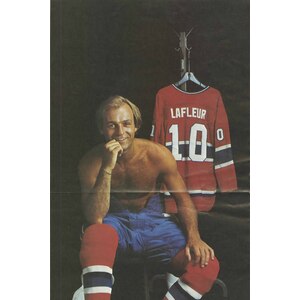
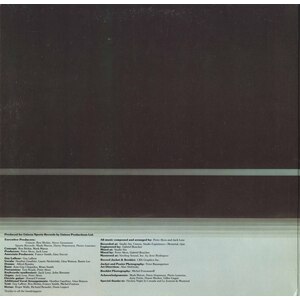

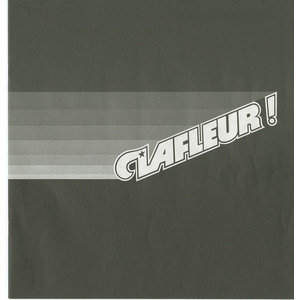




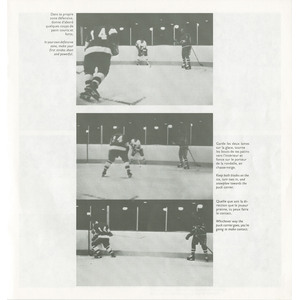

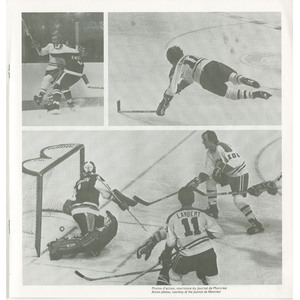
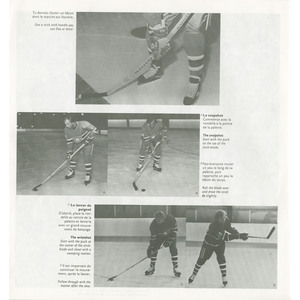

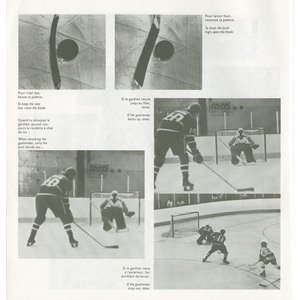
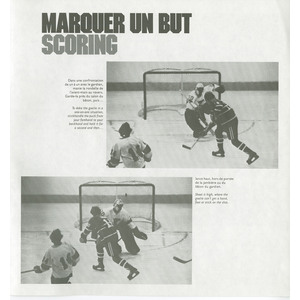
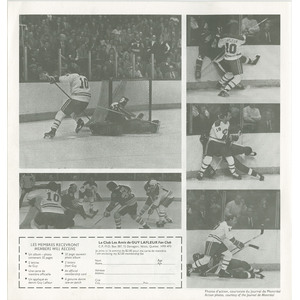



No Comments